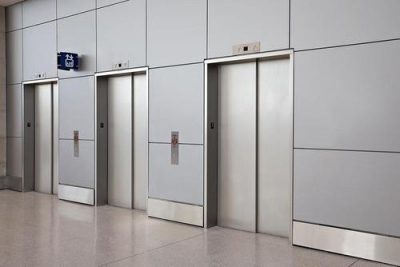
Scientifically, elevators are all about energy. To get from the ground to the 18th floor walking up stairs you have to move the weight of your body against the downward-pulling force of gravity. The energy you expend in the process is (mostly) converted into potential energy, so climbing stairs gives an increase in your potential energy (going up) or a decrease in your potential energy (going down). This is an example of the law of conservation of energy in action. You really do have more potential energy at the top of a building than at the bottom, even if it doesn’t feel any different.
To a scientist, an elevator is simply a device that increases or decreases a person’s potential energy without them needing to supply that energy themselves: the elevator gives you potential energy when you’re going up and it takes potential energy from you when you’re coming down. In theory, that sounds easy enough: the elevator won’t need to use much energy at all because it will always be getting back as much (when it goes down) as it gives out (when it goes up). Unfortunately, it’s not quite that simple. If all the elevator had were a simple hoist with a cage passing over a pulley, it would use considerable amounts of energy lifting people up but it would have no way of getting that energy back: the energy would simply be lost to friction in the cables and brakes (disappearing into the air as waste heat) when the people came back down.
Picture Credit : Google




